Blog Highlight:- Explore how the high cost of electricity affects Filipino families, their finances, and daily lives. Learn about the broader economic impact.
Electricity is one of the necessities in everyone’s lives, but imagine if, due to high electricity costs, this necessity becomes a luxury for you. Such is the case of the Filipinos where every doorstep is being haunted with sky-high electricity costs. Even with the support of family welfare programs like the Pantawid Pamilyang Pilipino Program implemented in 2008, Filipinos are suffering due to rising electricity costs along with rising rice, vegetables, and other food prices.
The Philippines has some of the highest price rates in Southeast Asia, more than its neighbors, Singapore, Thailand and Indonesia, which influences its households and businesses significantly. This significantly impacts both households and businesses. The government’s heavy reliance on coal power and large-scale transmissions to meet growing demands makes saving electricity crucial. Thus, conserving energy is not only an environmentally friendly choice but also a practical way for Filipino households and businesses to reduce their monthly bills.
This blog offers you a peek into the soaring power prices in one of Southeast Asia’s fastest-growing economies, its impact on Filipinos, and potential ways to mitigate this problem.
Reasons why electricity prices are surging in the Philippines
Meralco, the biggest power company in the Philippines recently announced that they were hiking their July 2024 rates by P 0.462 pesos per kWh. This decision comes at a time when the whole of the Philippines is grappling with a tight electric supply exacerbated by rising inflation, increasing fuel costs, and the continued reliance on expensive imported coal.
Below are some of the primary reasons why the Philippines is experiencing an increase in electricity rates.
1. Higher Generation Costs
The cost to produce electricity has increased. This means the power companies are spending more money to generate electricity, and they pass these costs on to the consumers, leading to higher electricity bills.
2. Weakening Peso
The Philippine peso has weakened against the US dollar. Since more than half of the country’s power plants use fuel imported from other countries, this makes it more expensive to buy fuel. The increased fuel costs result in higher electricity prices for everyone.
3. Dependence on Coal
The Philippines heavily relies on coal power to generate electricity. Moreover, the nation imports 75% of its coal consumption. Relying 98% of its supply from Indonesia makes the Philippines increasingly susceptible to energy insecurity.
Coal prices can fluctuate based on global markets, and recently, they have been high. Since the country depends so much on coal, any increase in coal prices directly impacts electricity costs.
4. Infrastructure Costs
Maintaining and upgrading the large-scale power transmission systems is expensive. These systems are essential for delivering electricity from power plants to homes and businesses. The costs associated with this infrastructure are added to the electricity bills consumers pay.
5. Low Generation Capacity
The Philippines struggles with low generation capacity, meaning the country doesn’t produce enough electricity to meet demand efficiently. This leads to frequent power shortages and higher generation costs, further driving up electricity prices
Ways in Which Filipinos Are Affected By Rising Electricity Costs
1. Increased living costs
High electricity prices in the Philippines have raised the cost of living for the average Filipino household. Individuals and families now have to deal with rising power costs and also cope with financial stress in managing other essential expenses.
The situation to an extent becomes such that living a comfortable life with basic electricity and everyday essentials becomes a luxury.
How are these soaring electricity costs reshaping their lives?
- Economic burden
An increase in the electricity bills results in a very limited amount left in hand to spend on other essentials like, food, education, health, and other utilities. - Restricted access
Since more than half of their money is spent on clearing their electricity costs, most households try to limit their use of electricity by cutting off or limiting the use of certain appliances.
2. Barricades in businesses
Due to high electricity costs in the Philippines businesses are compelled to compromise on their expenses, which hinders their competitiveness in the market and ability to earn profits. Small businesses struggle with meeting their costs which puts them in a difficult position to stand tall amidst high competition. This unpredictability further complicates their decisions in planning and budgeting.
What Major Obstacles Are Blocking Their Progress?
- Company Expenses
A high electricity cost leads to the expenditure of a maximum amount from the company’s accounts, leaving them with very little money to spend on their expenses and a chance for innovation.
High electricity costs significantly strain the company’s finances, limiting their ability to cover expenses and invest in innovation. Consequently, many foreign investors have become hesitant, causing Foreign Direct Investment (FDI) to face challenges in building trust and progressing with future investment plans.
- Impact on Expansion Plans
An increase in electricity will affect the company’s chances of expanding further and setting up new facilities, particularly in regions with high energy prices.
3. Learning and operational challenges
This sector often faces multiple challenges due to an increase in electricity costs. These costs limit educational institutions from providing their students with quality education and poor infrastructure, while simultaneously restricting their access to modern ways of learning. The businesses face a similar problem which mostly revolves around poor productivity and constrained participation in the competition.
High electricity cost impacting education in the Philippines
- Access to technology
With a very limited amount left for the company’s interests, it is difficult to allow space for the students to engage with new technologies and remote learning, thus affecting the child’s education. - Work efficiency
Businesses struggle to provide a consistent work environment for their employees due to the unpredictability of contaminating the environment.
4. Economic divide
High costs of electricity frame a barrier between the ones with a higher income with regards to the ones with a low income as the high rates eat up more than half of their incomes leading to an overall poor lifestyle. As a result, this section of society mostly survives without electricity and the basic needs of their daily life. The deprivation leads them to health risks and causes a breach in their education while restricting them to limited opportunities.
What are the significant damages?
- Essential services
With limited services in hand, people often cut off essential needs of the day such as refrigeration to store food or pumps for household water access. - Communication services
After receiving a huge bill, they naturally remain with limited access to all communication paths such as telephones, radios, and televisions. This affects both the household and the ones in the telecommunication businesses.
Is there a way out?
Well, there is always a way out and in this case, Meralco has promised to walk the Filipinos through their way. The Philippines’ biggest electricity provider, Manila Electric Company (Meralco), is investing PHP100 billion by 2030 as announced by the vice president and the chief operating officer. This money will be used for projects aimed at making sure that there is reliable energy supply and also to tackle issues related to climate change.
Their long-term sustainability strategy (LTSS) is aiming to cut down carbon emissions by 20% by 2030. Meralco is also aiming to create a coal free world by 2050, using new generation technologies such as nuclear energy and battery energy.
This brings hope to the table for the Filipinos and ensures the theme of a better tomorrow thus digging a way out.
How can the Filipinos turn their lives around themselves?
What remains next is a solution to these problems. In today’s modern world, sticking to traditional energy sources which also significantly harm the environment isn’t appropriate. Therefore, investing in renewable sources of energy can serve justice to the ongoing struggles with finance for both homes and businesses in the Philippines.
Solar panels conserve energy from the sun and use it to produce electricity. The Philippines receives abundant sunlight throughout the years which means citizens can effectively and efficiently use solar power for all their energy needs.
Solar panels can free them from the clutches of fluctuating electricity prices and reduce their dependence on traditional power sources, leading to more stable and predictable energy costs.
Conclusion
The high electricity costs create significant damage and loss in the lives of people in the Philippines. Redirecting and escaping this relentless struggle to a life of ease and comfort that will provide you with safety and security for your basic needs. Hence, this blog encourages you to untie yourself from the continuous tussle of high electricity bills and embrace solar power for a more stable, affordable, and sustainable future.
Transform your home or business with our cutting-edge solar solutions from Nativ Techniks. Enjoy significant savings on electricity bills, reduce your carbon footprint, and secure a sustainable energy future. Join the green revolution today with Nativ Techniks‘ reliable and efficient solar solutions.
To contact Nativtechniks call +639176310032 or drop a mail at wecare@nativtechniks.com.
Also Read Our Other Blogs
Top 8 Most Trusted Solar Companies in the Philippines: A Comparative Analysis


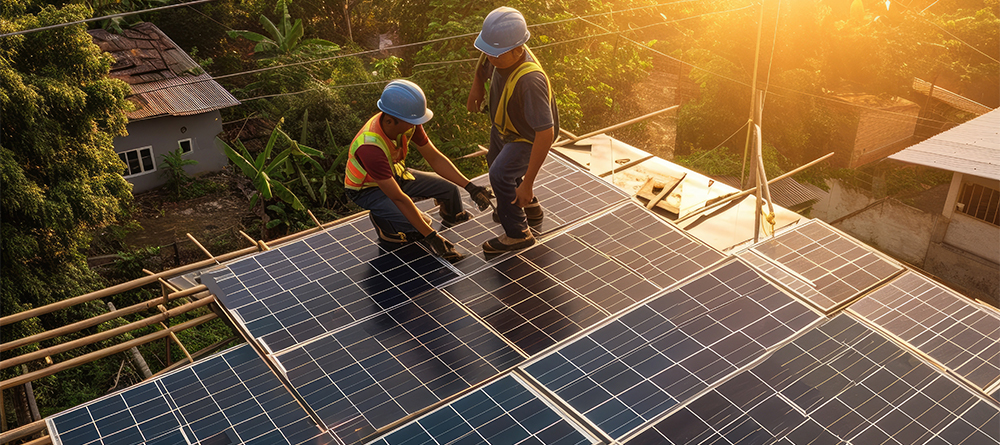

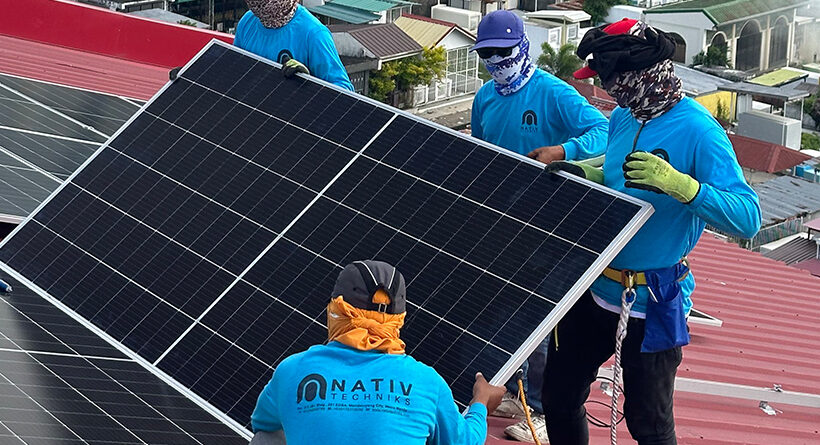
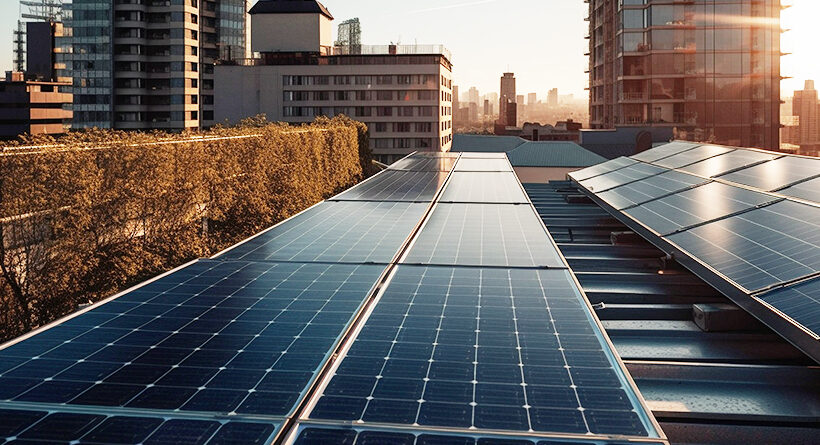

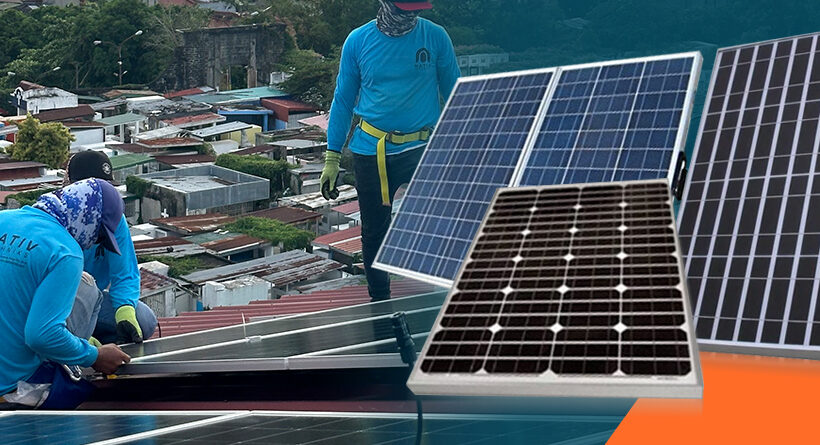
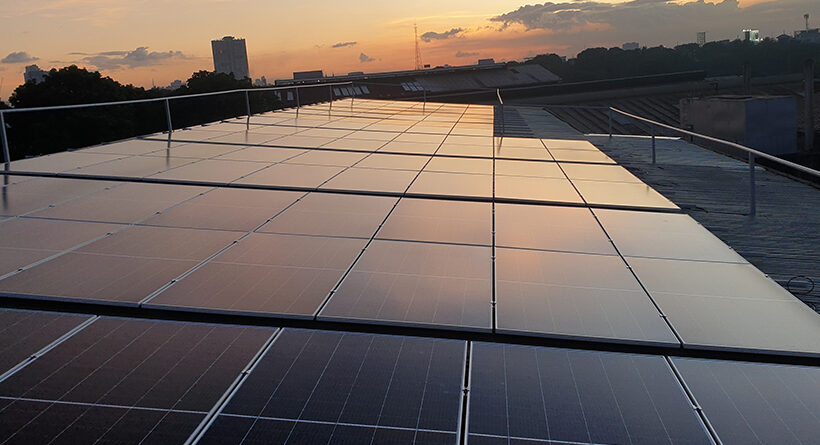

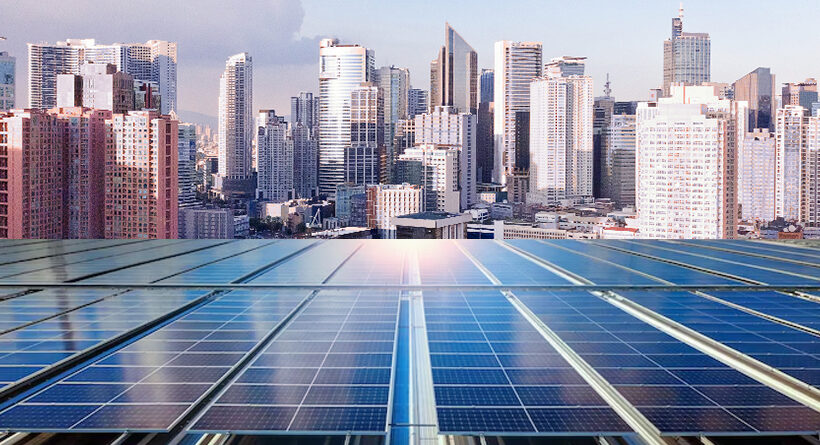

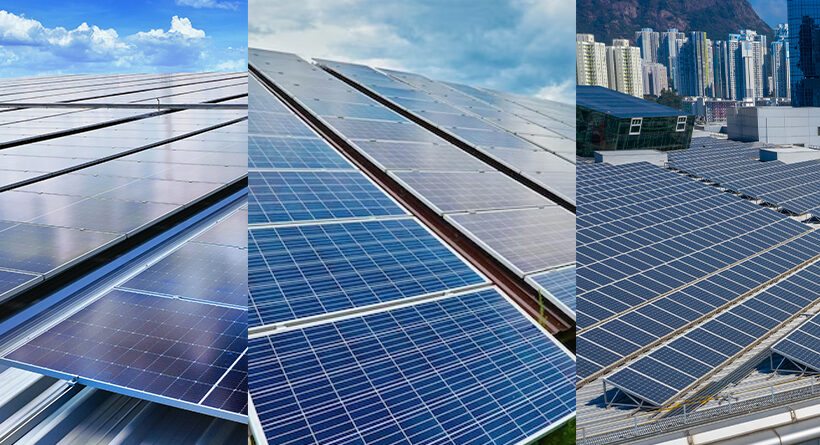

Leave a Reply